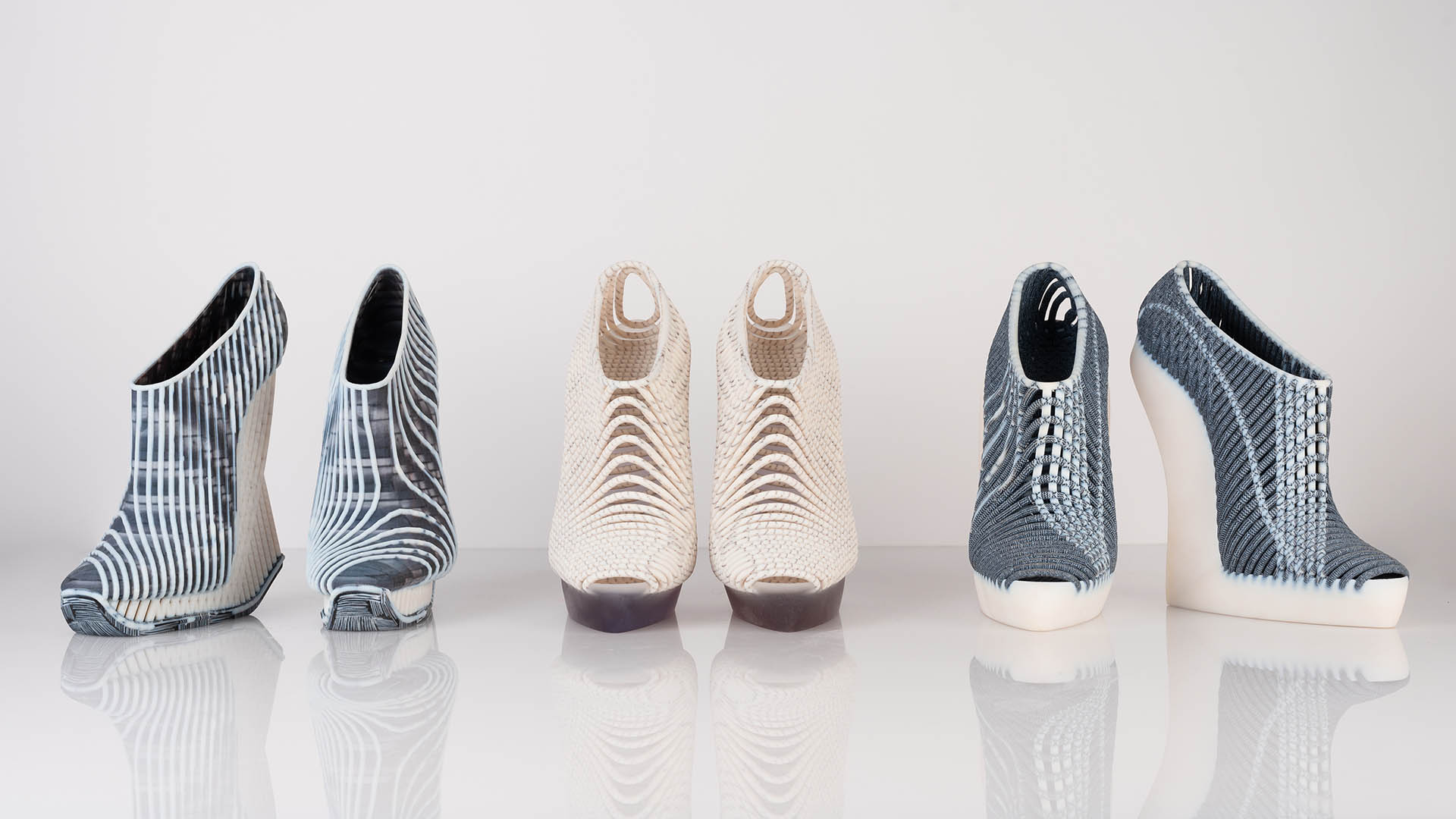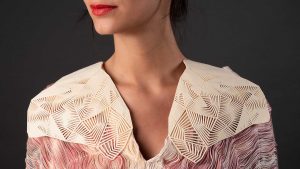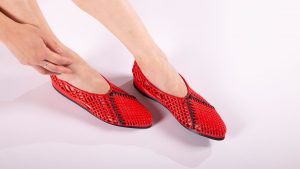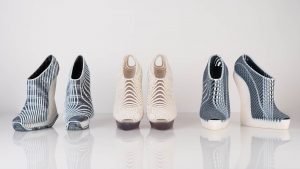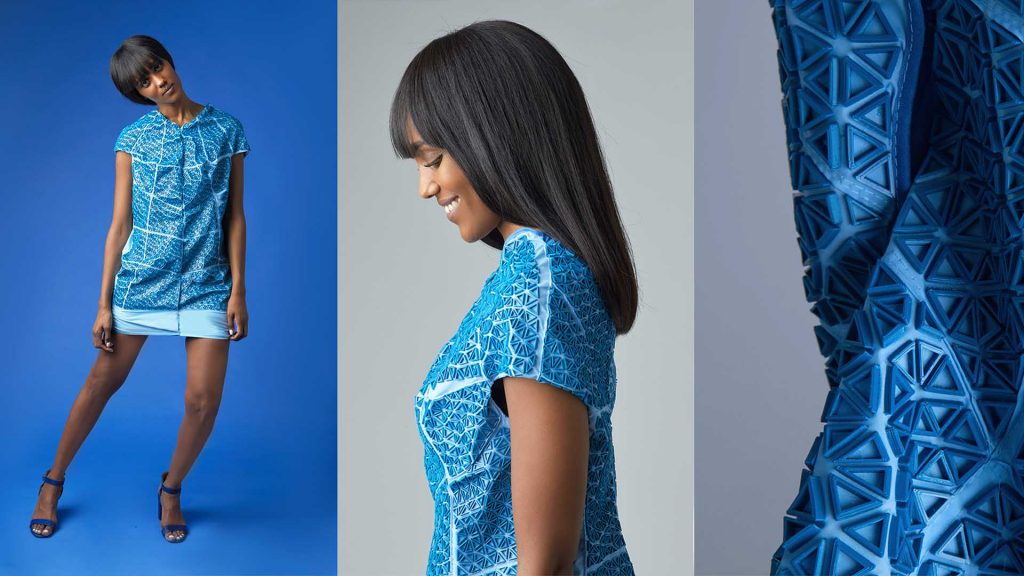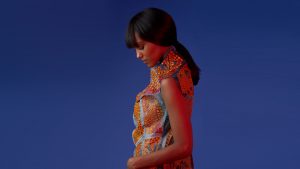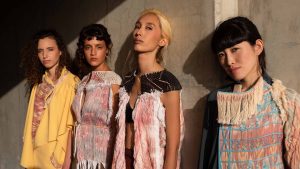
Bridging Art and Technology in the Fashion Industry: A Conversation with Ganit Goldstein
In the fashion industry, thanks to the use of 3D body scan it is possible to create 3D printed customised garments and new adaptable textile. Data Aided Design was able to connect with Ganit Goldstein to discuss her design approach to generate new textiles and garments thanks to the use of latest technologies. She graduated with distinction from the Bezalel Academy of Arts in Design in Jerusalem and majored in the department of Fashion and Jewelry and she is now studying a MA at the Royal College of Arts in London, specializing in smart textile developments as part of the Soft System program. Over the last couple of years, she participated in international exhibitions during Milan Design Week, New York Textile Month, Ars Electronica festival in Linz, Hong Kong Fashion Week, Munich Jewelry week, and more. She also received the horizon 2020 Re-FREAM grant, to work together with scientists and technology companies on developing new production methods and rethinking how to produce new fashion designs. Her latest collection called ‘WeAreAble’ presents a unique approach of using 3D body scan and 3D printing to produce customized garments transforming body data to generate new textiles.

How do you implement 3D printing in your design process when working on projects?
I have been working with 3D design software since the beginning of my fashion design studies. I felt the freedom to achieve more complex shapes than I could have ever imagined. With the use of parametric design software, I realized the huge potential of 3D printing, for producing new shapes that weren’t possible before with any other method. In my designs, I have been working on shoes and wearable outfits, to achieve custom-made results, based on a person’s measurements using 3D body scan. The use of 3D printing technology allows me to translate my ideas into physical objects and to implement body data into a customized outcome using 3D and 2D manipulations. For me, 3D printing is an integral part of the design process and it can influence the outcome – for example, the use of unique materials, different infills or different combinations of hacking the layered method of the 3D printing will determine the appearance of the final object, which is always surprising and interesting for me.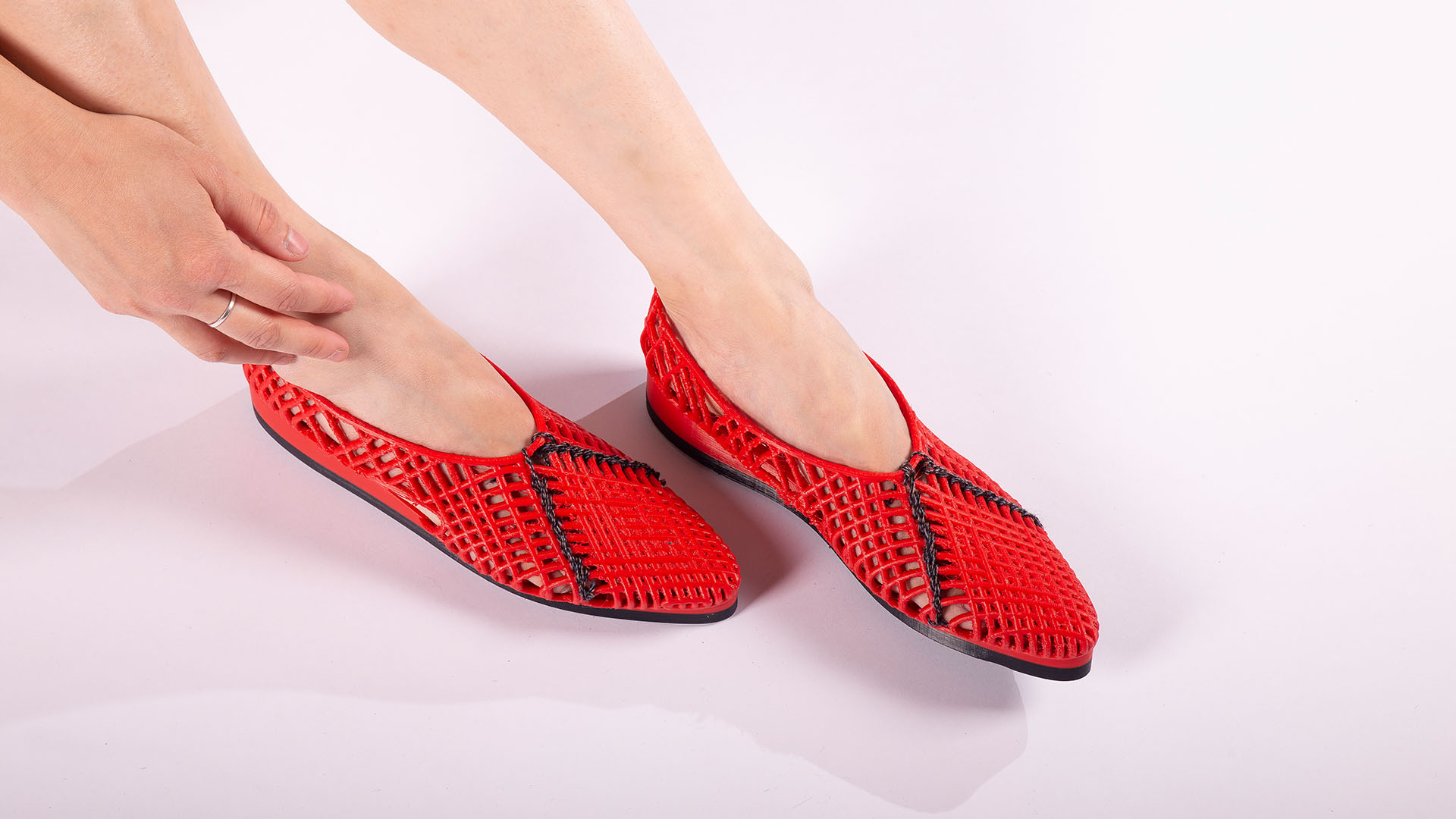
What are the possibilities in using digital fabrication technologies in your design process?
I see personalization as a key advantage during the design process for digital fabrication. The idea of using parametric codes that can be implemented into different objects receives a different meaning for moving from mass production to one of a kind customizable piece. Secondly, the possibility to use a 3D body scan opens up new possibilities using Reverse engineering processes – matching the real-world measurements into a virtual space, and vice versa – by producing the virtual elements using 3D printing.How do you combine 3D printing and traditional craftsmanship in your company?
I am working on developing new textile that is produced in a combination of traditional weaving techniques with 3D printing technology. The technique of IKAT weaving which I learned during my studies in Japan, has a major influence on my projects from color combinations to organic shapes. Many of my projects are focusing on the development of 3D printing using polyjet multi-color technology, therefore, reaching a colorful hybrid outcome inspired by the traditional, cultural and historical crafts – into the 3D printed object. Some of my processes include traditional craftsmanship that is part of the final 3D printed outcome. For example, 2 pairs of shoes that were presented during Milan Design Week 2019 printed in collaboration with Stratasys as different parts, and assembled with traditional shoe-making processes including finishing and sewing techniques.